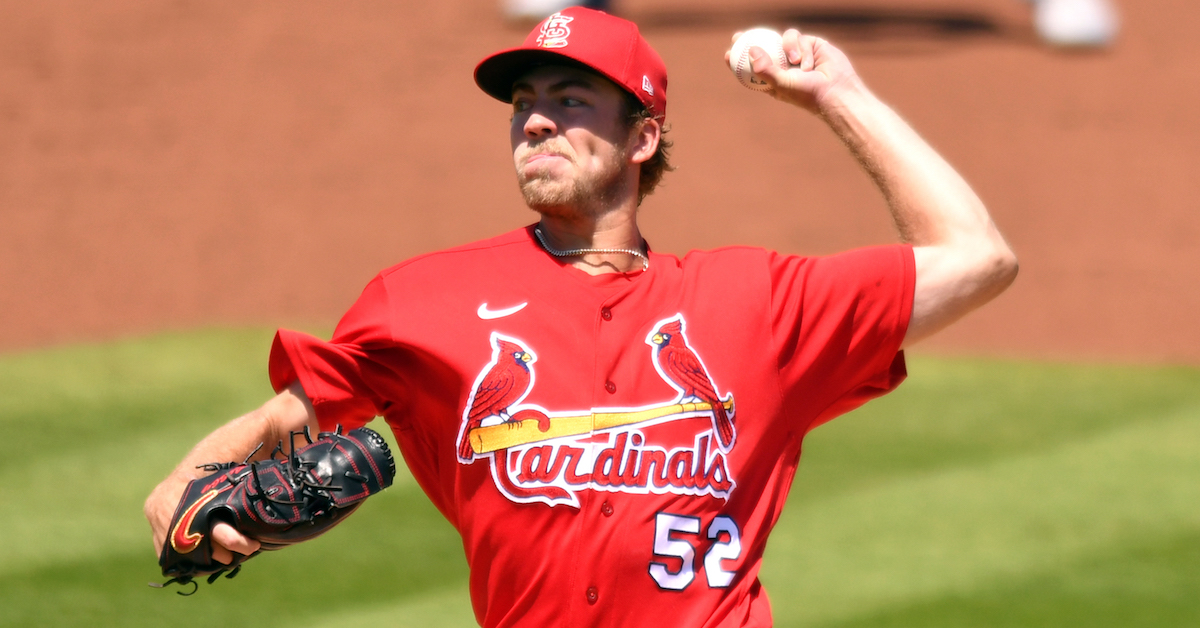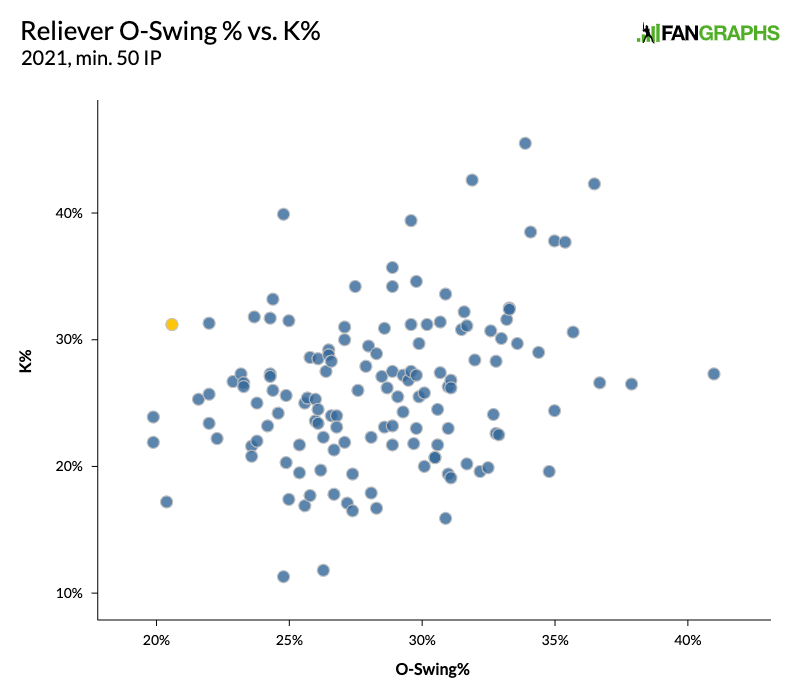Tuesday Prospect Notes: 5/3/2022

This season, Eric and Tess Taruskin will each have a minor league roundup post that runs during the week, with the earlier post recapping some of the weekend’s action. You can read previous installments of our prospect notes here.
Calvin Ziegler, RHP, New York Mets
Level & Affiliate: Low-A St. Lucie Age: 19 Org Rank: TBD FV: 40
Weekend Line: 4.1 IP, 1 H, 0 R, 0 BB, 9 K
Notes
Ziegler was generating enough buzz during minor league spring training that a scout in Arizona mentioned his name to me totally unprompted, as a heads up that he might be breaking out. A Canadian high schooler in the Toronto area, Ziegler was in a bind ahead of the 2021 draft because travel restrictions were going to make it hard for him to be seen by scouts. He transferred to TNXL Academy, an athletics “school” in Florida, for his pre-draft spring. The Mets made him their second round pick and signed him for just over $900,000, then shut him down during the regular season.
He’s come out hot to start 2022, at least from a bat-missing standpoint, with last Friday’s outing his most efficient from a strike-throwing standpoint. Ziegler’s stuff isn’t appreciably different than when he was in high school, though he is mixing in his secondary stuff more heavily. He used his fastball over 75% of the time on the summer showcase circuit, but his usage has been closer to 50% so far this year. Both Ziegler’s trademark breaking ball and his mid-80s changeup show bat-missing potential, though the former has much more consistent finish. While Ziegler doesn’t have the prototypical pitching prospect’s frame at a fairly mature six feet tall, his delivery is very athletic, with the power and balance he shows in his lower half and the flexibility of his upper back generating optimism that he might yet throw harder than his current 91-96 mph range. Ziegler’s “lack” of height and the way he gets deep into his legs during his delivery give his fastball a tough-to-hit line. Changeup and overall command refinement are all that stand between Ziegler and pretty comfortable projection into a rotation. Read the rest of this entry »










